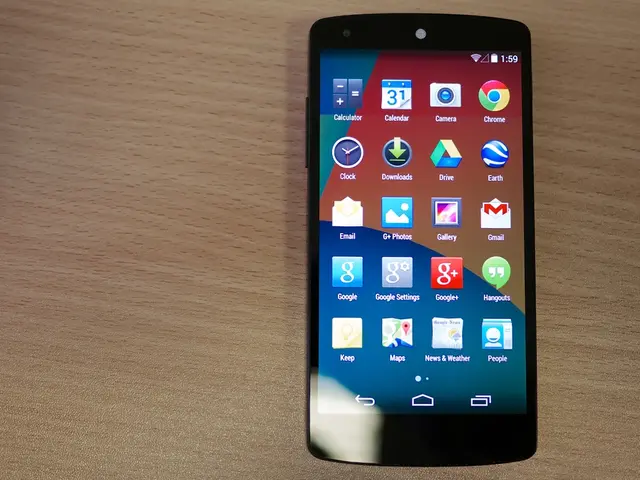What Influences the Cost of SMS Marketing Most Significantly?
In the realm of digital marketing, SMS (Short Message Service) has emerged as a powerful tool for businesses to engage with their customers directly. However, the cost of SMS marketing can vary significantly, and understanding the key factors that influence these prices is crucial.
Factors Affecting the Cost of SMS Marketing
- Carrier Agreements: Mobile Network Operators (MNOs) have different termination rates, settlement agreements, and regulatory fees, which can vary by country and region. These directly affect per-message costs and cause geographical pricing differences.
- Message Type and Features Used: Basic SMS messages are cheaper, while richer formats such as RCS messages with interactive features, images, or chatbot flows require more data and processing, thus costing more.
- Volume of Messages: Large-volume senders often benefit from volume discounts or bundled pricing, reducing the effective cost per message. Conversely, pay-as-you-go plans can be costlier for lower volumes.
- Advanced Features and Tools: Platforms offering advanced capabilities like campaign management, automation, analytics, or payment integration typically charge more for these enhanced features.
- Geographical Region: Variations in telecom taxes, compliance fees, and carrier adoption of advanced messaging standards influence costs regionally.
- Additional Pricing Elements: Some SMS platforms charge monthly fees, user fees, or overage charges that add to total expenses. The choice of number type also affects pricing.
When considering an SMS marketing solution, it's essential to be aware of hidden charges, minimum fees, or required subscriptions. Each platform has its own pricing structure for SMS services, with some charging by message, others by contact count, or based on advanced features.
Balancing Costs and Engagement
Businesses must strike a balance between costs and desired engagement levels and campaign sophistication. Sending messages too often may lead to unsubscribes, while sending too few may hurt engagement. Finding the optimal frequency keeps customers interested while staying within budget.
The type of number used can also impact costs. Toll-free numbers may lack the same delivery speed as other types of numbers, while short codes are faster and more reliable but cost more upfront. Two-way texting increases message volume, which can affect costs.
International SMS marketing involves extra carrier fees or taxes. The right fit depends on the volume and business goals. A platform that offers real value without charging for every extra feature can make a big difference in managing SMS marketing costs.
In summary, the overall pricing of SMS marketing depends on a combination of message volume discounts, message complexity, carrier and regional fees, and additional platform or feature charges. By understanding these factors, businesses can make informed decisions when choosing an SMS marketing solution.
[1] Moovweb. (2021). The Ultimate Guide to SMS Marketing. Retrieved from https://www.moovweb.com/blog/the-ultimate-guide-to-sms-marketing/ [2] Twilio. (2021). SMS Pricing. Retrieved from https://www.twilio.com/pricing/sms [3] SMS Comparison. (2021). SMS Pricing. Retrieved from https://www.smscomparison.com/pricing/ [4] OpenMarket. (2021). SMS Pricing. Retrieved from https://www.openmarket.com/solutions/sms-messaging/sms-pricing/ [5] TextMagic. (2021). SMS Marketing: Costs and Benefits. Retrieved from https://www.textmagic.com/blog/sms-marketing-costs-and-benefits/
Read also:
- Gadgets and Tech Essentials to Outshine Your Studies in the Upcoming Academic Term
- A separate cable linking to an RTX 50-Series GPU could potentially not be attributed to Nvidia for the issue.
- Today's top computer savings: Grab the new iPad M3 for $100 less, or snag a RTX 5080 gaming PC with a $400 discount and a complimentary gaming monitor included.
- Interview Questions for Shane Bigelow, CEO of CHAMP




